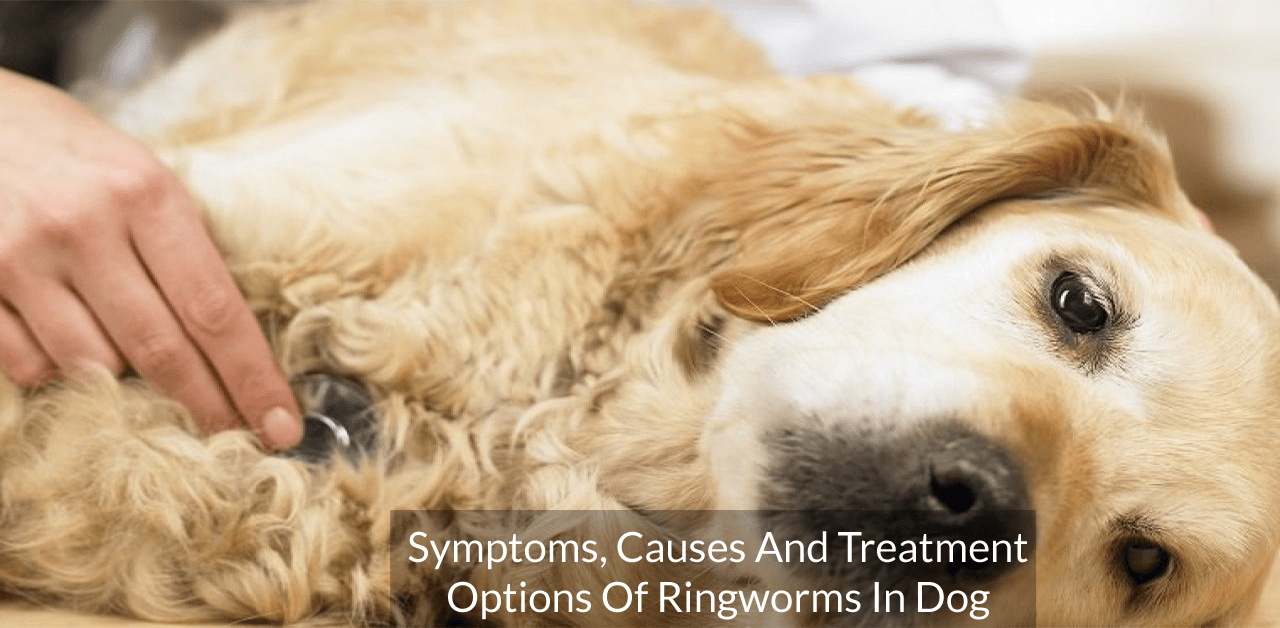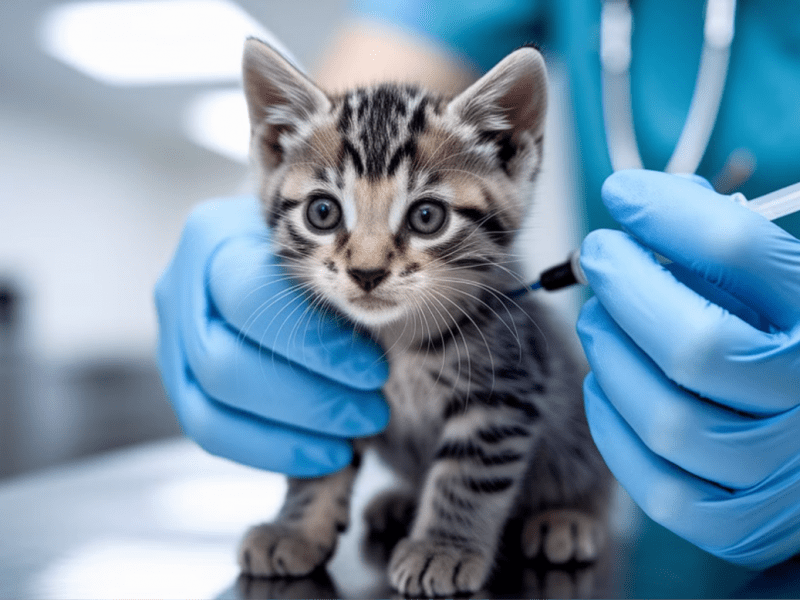Dermatophytosis also known as ringworms in dogs is a fungal infection and medical condition that affects the hair, skin and claws or nails of the dog.
Dermatophytosis, also known as ringworms in dogs, is a fungal infection that affects dogs’ nails, hair, and skin. This is a commonly known condition that even affects cats. Isolated fungal organisms that commonly result in this condition are Microsporum gypseum, Trichophyton mentagrophyte and Microsporum canis. This guide will help you understand the causes of ringworms in dogs and the treatment options and other essential elements that a pet parent should be aware of.
Symptoms of ringworms in dogs
Before knowing how to treat ringworms in dogs, we first need to understand the signs of Dermatophytosis. Although ringworms in dogs are not life-threatening, if not looked into, the condition can be contagious, especially if there are other animals in the house. Here are some of the commonly known symptoms of ringworms in dogs.
· Circular or patchy alopecia or hair loss
· Poor/Dull hair coat and broken hair
· Ulcerated or Reddened skin
· Scales or Dandruff
· Darkened skin
· Skin crusting
· Possible persistent Itchiness –
Other lesser-known symptoms can include
· Claw and nail folds resulting in misshapen or brittle nails
· Development raised nodular lesion called kerion
Dogs can occasionally be classified as silent or asymptomatic carriers of the fungus and do not show any visible symptoms. Nevertheless, this fungal infection can even affect humans apart from other animals.
Understanding the development or contraction of ringworms in dogs.
Before opting for specialized veterinary services through MyFurries for ringworms, let us first look at how dogs develop ringworms.
· Environmental and Medical reasons behind the causes of ringworms in dogs
The first reason behind this problem could be ecological factors where fungi like Trichophyton mentagrophyte, Microsporum gypseum and Microsporum canis. Even immunosuppressive or immunocompromising conditions can be the cause of ringworms in dogs.
· Contraction or spreading from others
Dogs and cats can also contract ringworms for humans or other animals who have the infection. This condition can also spread due to contaminated objects like cages, clippers, brushes, and even bedding.
· Poor living conditions and nutrition
As much as it is vital to understand how to treat ringworms in dogs, even the living conditions and diet of the pet plays an important role. Poor management practices and nutrition, and unhygienic living conditions (especially when there are multiple animals) can also contribute to the development of ringworms in dogs.
Diagnosis of ringworms in dogs
The diagnosis of any condition plays a vital role while opting for specialized veterinary services through MyFurries. For example, to understand the causes of ringworms in dogs, doctors take skin scales or hair samples for microscopic examination. In some cases, you may notice your doctor using a Wood’s lamp because some types of fungus can only be seen when exposed to a particular kind of light. The vet may also opt for further testing to better understand why the dog has developed ringworms.
Treatment of ringworms in dogs
Once the doctor has enough information about why the dog has developed the condition, the next thing he/she will look into is how to treat ringworms in dogs. The vet will decide the treatment options and duration of the treatment based on various factors. Typically, a treatment plan for ringworms in dogs will consist of three main factors. They are as follows.
· Topical application
The topical therapy for ringworms is generally a combination of medicated shampoos, ointments or creams. These help to control and treat the infection. Before that, you may have to consider shaving or trimming your dog’s fur, especially if it is very long, like in breeds such as Golden Retrievers, Labradors, Poodles, etc. The duration of the topical therapy can range from days to months, depending on how bad or severe the infection is and the living conditions of the pet.
· Oral Medication
Apart from topical therapy, the vet will also prescribe oral medications to boost up the healing process. The vet will prescribe antifungal oral medicines that need to be administered for a specific time frame. Again, the duration of the oral medications will range from a few days to a few months. The vet may also ask you to come back for a routine check-up to ensure that the oral medicines are working or if there needs to be a change in tablets.
· Environmental Decontamination
When multiple animals live together, the vet will suggest getting all the pets checked to ensure that nobody else is affected. Along with that, he/she will also tell you how to decontaminate the pet’s living conditions. Your vet will also prescribe or recommend a suitable cleaning agent and explain how you need to decontaminate the environment.
If you have issues or need additional help, you can always opt for specialized veterinary services through MyFurries, such as special grooming services. Follow MyFurries for more information regarding ringworms in dogs and various other conditions that can form ringworms.



